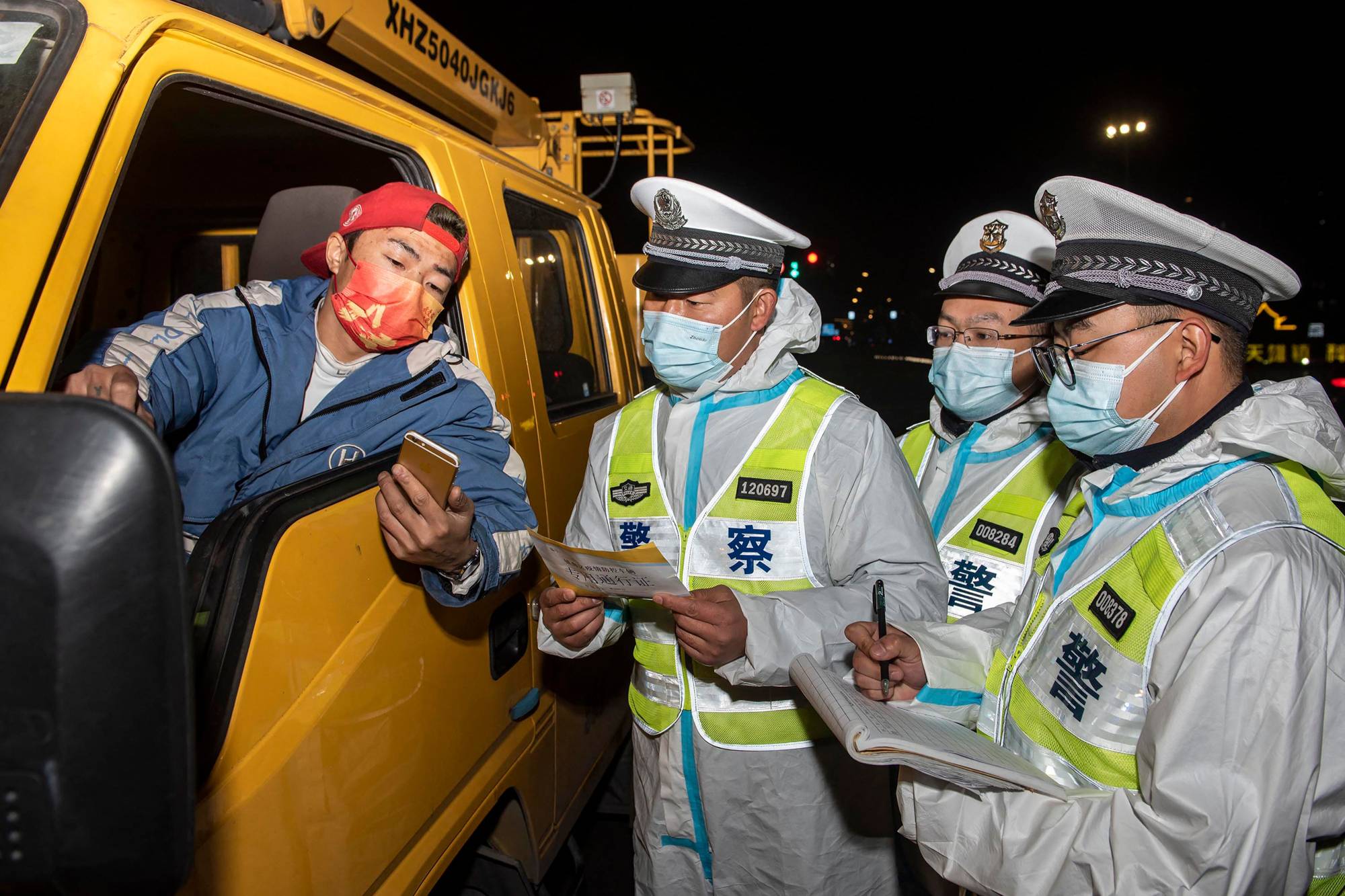An omicron outbreak in China is sending jitters through supply chains as manufacturers and shippers brace for disruption inside the world’s biggest trading nation if it can’t contain the fast-spreading variant.
In 2020 and 2021, China’s ‘COVID zero’ strategy meant factories could stay open throughout the pandemic to produce everything — from health equipment to laptops — that global consumers demanded at a record pace. But there’s been confirmed cases of local infection everyday since mid-October and it’s likely that even tougher restrictions will be needed to curb omicron’s spread, with knock-on consequences for ports and factories as more cities lock down.
So far, China’s not facing the problems seen elsewhere, such as shortages of some foods in Australia or Japan, or an estimated 5 million workers staying home sick in the U.S. last week. But with an end to ‘COVID zero’ unlikely as China prepares to host the Winter Olympics next month and a series of political events later in the year, policy makers have to decide how much to increase restrictions, and consider how that will hit an already slowing economy and global trade.


















With your current subscription plan you can comment on stories. However, before writing your first comment, please create a display name in the Profile section of your subscriber account page.